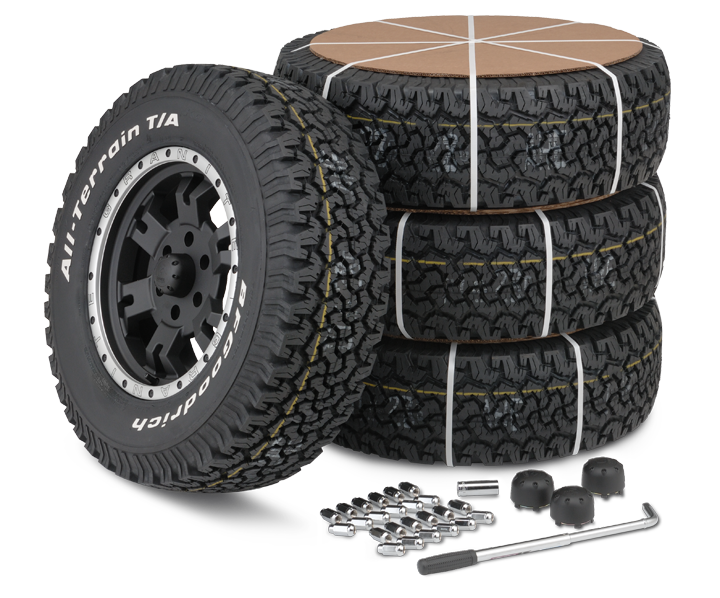Tire Solution: Understanding Tire Pressure Monitoring Systems
Comprehending Tire Stress Tracking Equipments (TPMS) is a vital aspect of preserving optimum car efficiency and safety on the roadway. With advancements in vehicle modern technology, TPMS has come to be a basic attribute in modern automobiles, giving real-time information on tire stress degrees.

Value of TPMS
The significance of Tire Stress Surveillance Systems (TPMS) depends on their capacity to enhance car safety and security and efficiency through real-time tracking of tire stress levels. Preserving the proper tire pressure is important for making certain optimal handling, stopping, and overall security of a lorry. TPMS provides chauffeurs with prompt feedback on any kind of overinflated or underinflated tires, allowing for timely adjustments to be made.
Parts of TPMS
Sensing units are typically located in the tire shutoff stem or affixed to the wheel assembly, where they measure tire pressure and transmit information to the control component. Some progressed TPMS versions likewise present the real tire pressure analyses for each tire, offering vehicle drivers with real-time info to make sure ideal tire performance and security. By checking tire stress constantly, TPMS assists stop crashes, minimizes tire wear, and boosts gas effectiveness, making it a vital part for automobile security and performance. mopar tire service specials.
Types of TPMS

On the other hand, indirect TPMS counts on the car's wheel speed sensors to keep an eye on tire pressure. This system identifies underinflation by comparing the rotational rates of the wheels. Indirect TPMS is much less pricey than direct TPMS, as it makes use of existing sensors within the car.
While straight TPMS offers a lot top article more accurate readings, indirect TPMS is less complex in design and normally requires less upkeep. Both systems have their constraints and advantages, and the option in between them frequently relies on factors such as expense, vehicle make, and personal choice. Comprehending the distinctions between these 2 types of TPMS can assist lorry owners make notified choices relating to tire upkeep and safety.
TPMS Maintenance Tips
Conduct regular checks on the tire stress degrees and compare them with the TPMS analyses to guarantee they are constant. During tire turning or substitute, make sure that the TPMS components are handled meticulously to stop any type of potential damages. If the TPMS cautioning light illuminates on the control panel, deal with the issue promptly by examining the tire stress and the general system for any faults.
Advantages of Proper Tire Stress
Preserving proper tire stress, as highlighted in TPMS Upkeep Tips, is essential for gaining the various advantages connected with ideal tire stress levels. Among the primary benefits of keeping the correct tire pressure is boosted fuel performance. When tires are appropriately blown up, there is less rolling resistance, leading to much better fuel More Bonuses economy. In addition, correct tire pressure makes sure even tire wear, prolonging the life expectancy of the tires and promoting much safer driving conditions. With the ideal tire stress, lorries likewise have much better handling and grip, specifically in damaging climate condition. This can boost overall driving efficiency and safety for the driver and passengers. Additionally, maintaining optimal tire pressure can contribute to a smoother and more comfortable trip by minimizing resonances and sound triggered by underinflated tires. To conclude, the advantages of proper tire stress exceed simply tire durability; they include enhanced fuel performance, boosted safety and security, far better car performance, and overall driving comfort.
Final Thought
Finally, understanding tire stress tracking systems (TPMS) is essential for keeping optimal tire stress and guaranteeing vehicle security. By identifying the significance of TPMS, knowing with its components, understanding the various kinds available, adhering to correct maintenance suggestions, and understanding the benefits of preserving correct tire pressure, motorists can boost their driving experience and prolong the life-span of their tires. Proper tire pressure is essential to safe and reliable car procedure.

Comments on “Obtain Professional Tire Services at Tire Shop Morris: Complete Satisfaction Assured”